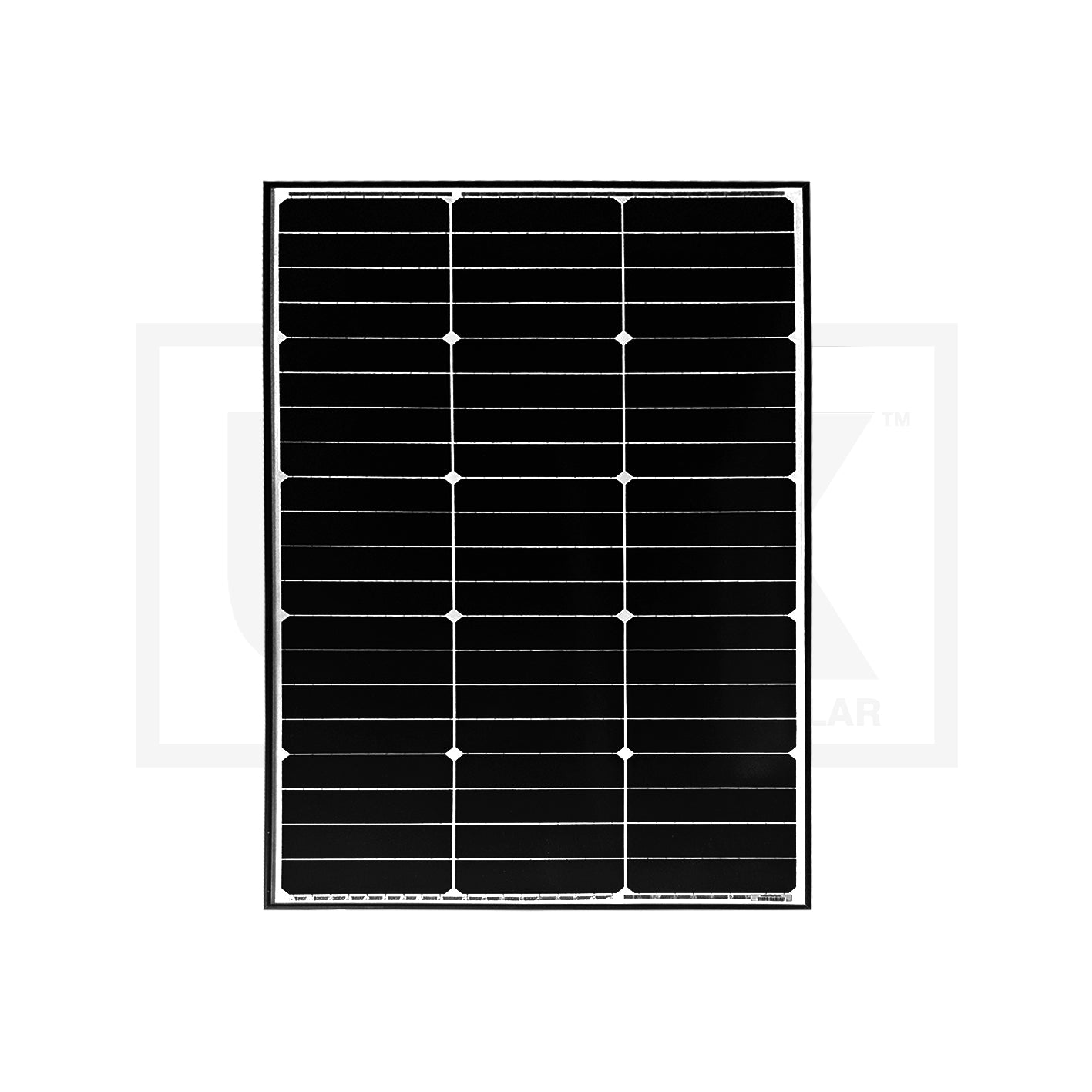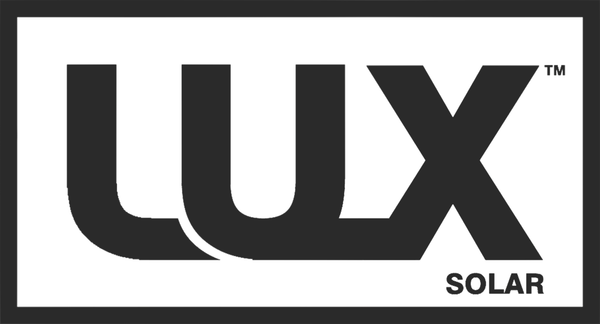100 Watt Mono Solar Panel - HPBC - 86 x 59 cm
100 Watt Mono Solar Panel - HPBC - 86 x 59 cm
SKU:LS-100-MP-HPBC
Couldn't load pickup availability
Shipping
Shipping
Shipping for this product ranges from $5.99 (non-rural) to $11.99 (rural South Island).
Orders are shipped Mondays to Fridays and take on average 1-3 working days to arrive.
Orders received before midday will be shipped same day.
Warranty & Returns
Warranty & Returns
For Tiny homes, batches and houses: 10 years for product defects in materials and workmanship. 25 years for 80% of warranted minimum power. and 5 Year Marine & vehicle warranty.
We have a 7 day change of mind return policy, subject to a restocking fee.
100W Monocrystalline Solar Panel
Perfect for caravans, motorhomes, boats, and off-grid solar applications. Manufactured according to International Quality Standard (ISO9001).
Specifications
| Specification | Details |
|---|---|
| Max Power (Pm) | 100W |
| Dimensions | 860 x 585 x 30 mm |
| Max Power Voltage (Vm) | 29.07 V |
| Max Power Current (Im) | 3.44 A |
| Short Circuit Current (Isc) | 3.83 A |
| Open Circuit Voltage (Voc) | 34.17 V |
| Max System Voltage | 1000V (IEC) VDC |
| Weight | 6 kg |
Features & Certifications
- Certifications and standards: Includes IEC61215, IEC61730, and Class C fire rating. Conforms to CE certifications.
- Equipped with a waterproof IP67 Junction Box.
- Strong aluminum frame: Can withstand snow loads up to 5400Pa and wind loads up to 2400Pa.
- High transmission, low iron, 3.2mm thick tempered glass for maximum durability and efficiency.
Monocrystalline
Monocrystalline
At LUX Solar we only source monocrystalline panels as they offer the highest efficiency. Monocrystalline panels are manufactured from a single rod of silicon thus the crystal structure inside the silicon is uniform, with very few impurities. Polycrystalline panels on the other hand are made up of smaller crystal structures that introduce grain boundaries in each solar cell. This causes inefficiencies in the conduction of electrons due to defects associated with the crystal boundary.
PERC
PERC
Passivated Emitter and Rear Cell (PERC) technology is a solar technology that improves light capture near the rear surface of solar panels and optimizes electron capture. Although it was first invented in the 1980s by the University of New South Wales, Australia, it has only recently been successfully commercialized at scale.
BB (Busbar)
BB (Busbar)
Busbars conduct the power generated by solar cells when they are hit by photons. 5BB means there are five busbars in each solar cell. 10BB mean there are 10 busbars in each solar cell. Back in the day, solar panels used to have only 2 busbars, but as technology evolves, the solar industry has been increasing the number of busbars in solar panels, to reduce internal resistance losses and increase cell efficiency.
HPBC
HPBC
HPBC (Hybrid Passivated Back Contact) solar cells, are the latest solar technology that introduces unobstructed front shading by metal contacts. This pioneering approach optimizes photon collection, resulting in enhanced conversion efficiency. The HPBC cell sets a new industry standard, significantly enhancing light absorption and photovoltaic conversion capability, resulting in substantially improved module power output.
The result is panels capable of generating more energy under higher temperatures and lower light. Some studies have shown that that HPBC cells can produce output up to 10% higher under the same conditions as PERC products.


Plan your Solar in under 2 Minutes
LUX Solar's AnyKit Builder helps you design a pre-wired kit for your caravan, boat, campervan, or small tiny home. No Experience Needed!
In just minutes, create a custom electrical setup tailored to your use case. Select the major components you would like and LUX AnyKit automatically figures out all the details such as product compatibility, required cables, fuses, lugs, circuit breakers and more.

